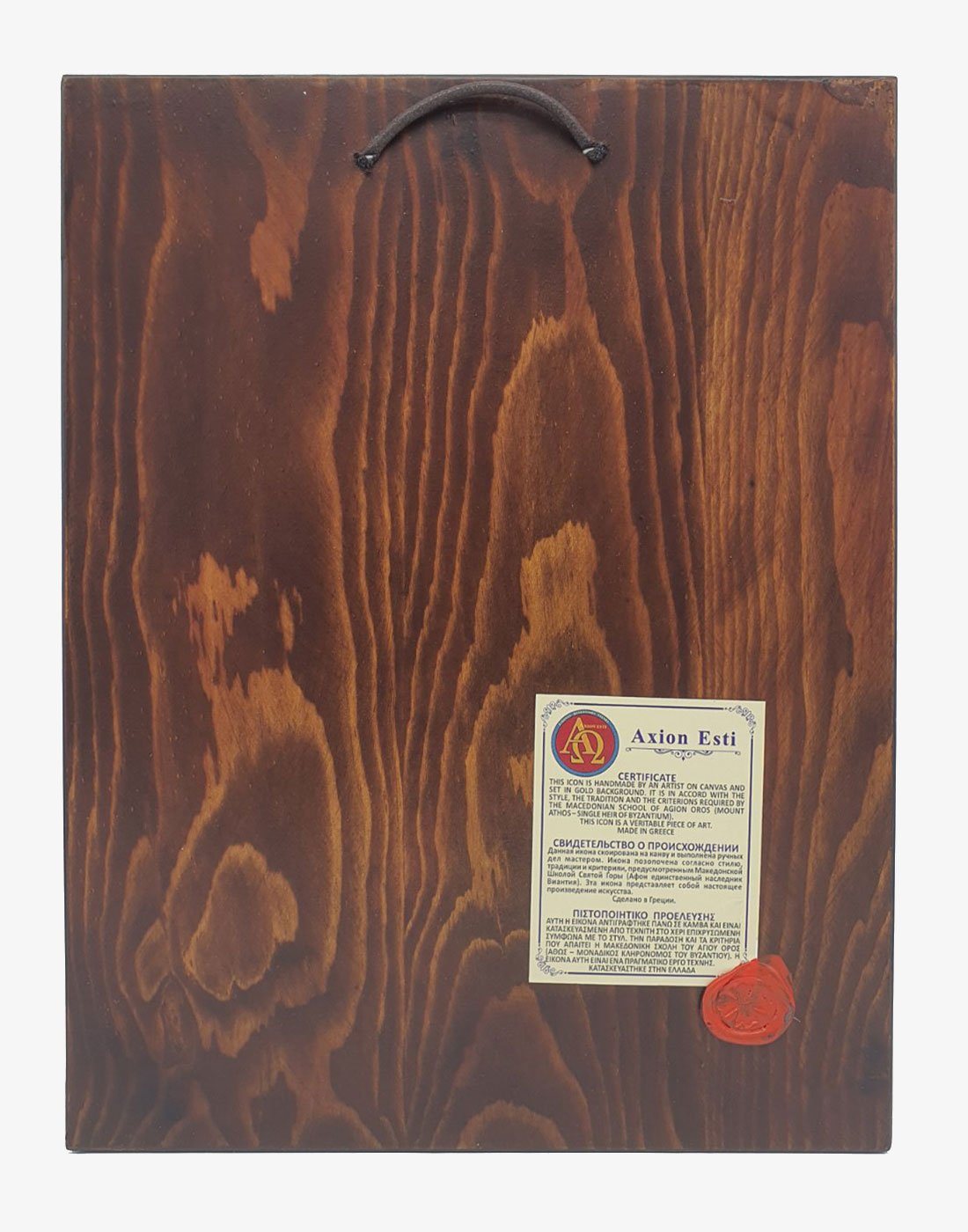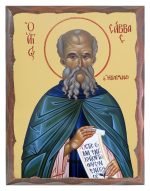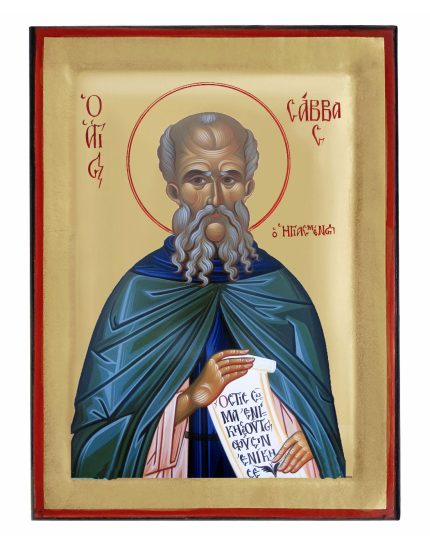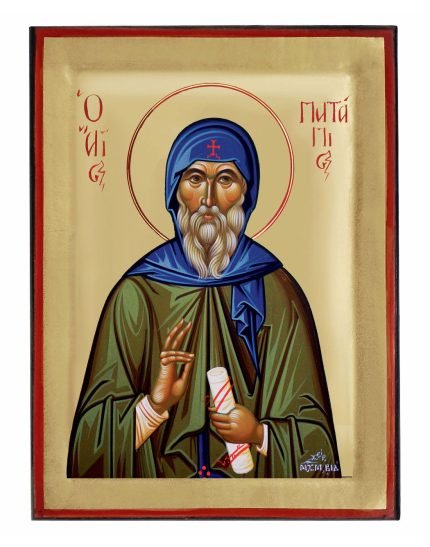Saint Sabbas the sanctified
15,00 € – 200,00 €
Handmade Orthodox Icon Saint Sabbas the sanctified with carved frame in natural rombolo pine wood. This Icon is handcrafted on canvas by a craftsman and embossed according to the style and tradition of Byzantine art.
Saint Sabbas the Sanctified was born in 439 in Mutalaski, Cappadocia, today a suburb of Caesarea, in Asia Minor. At the age of eighteen he went to Jerusalem. There, Euthymius the Great will lead him to the commune of Theoktistos. In 473 and after Euthymios died, he followed hermitism. Afterwards and as he was forced to become a cleric by Sallustius of Jerusalem, he also took over the administration of the synoviums and lauras.
He will establish various convents and lauras: the most famous of which is the convent of the Great Lavra (or Mar Saba) in 483 ten kilometers east of Bethlehem, and the Cave of the Nativity. In total he will establish four lauras, six monasteries, and four asylums.
Saint Sabbas was also actively involved in the theological controversies of his time and would support the decisions of the Fourth Ecumenical Council against the Monophysites and against the Origenists. In fact, he will go to the Byzantine capital twice in order to support Church issues: the first time was in 501 where he met the emperor Anastasios and the second time, in 531, Justinian.
This second visit of his was connected with the destruction that the Samaritans had caused to Christian temples after their revolt that took place in 529 because they were reacting to their violent Christianity. When he arrived in Constantinople, he addressed a request to financially support the reconstruction and restoration of those destroyed by the Samaritan temple revolt, to help the wintering Christian populations, to establish a hospital in Jerusalem and to build a castle in the desert where the monks would take refuge to protect themselves from the predatory attacks of the Saracens.
Saint Sabbas possessed prestige, spiritual radiance, ascetic achievements, he was a man of trust, the emperor and his wife sought his blessing and his inclinations, all of which contributed to him being “the most suitable to intercede with the emperor for the solution of the problems of of the inhabitants of Palestine and the only one who could guide him in the exercise of his social policy.” As soon as Saint Savvas returned from his last visit, he died at the age of ninety-four on December 5, 532. His memory is also celebrated on the same day.
| Weight | N/A |
|---|---|
| Delivery | |
| Dimensions |
12×15 ,16×20 ,21×27 ,26×34 ,30×40 ,38×50 |
Related products

Holy Family
15,00 € – 200,00 €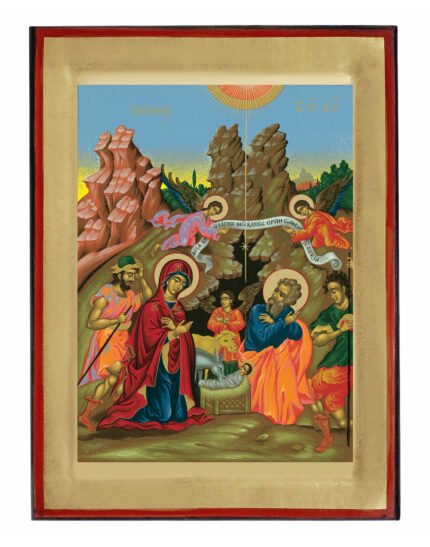
Nativity of Christ
15,00 € – 200,00 €
Saint Porphyrios
15,00 € – 200,00 €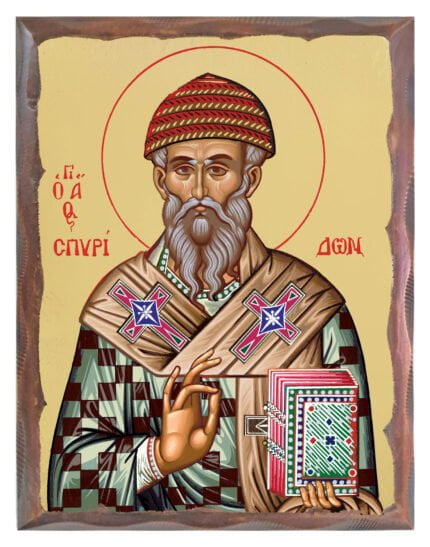
Saint Spyridon (carved frame)
15,00 € – 200,00 €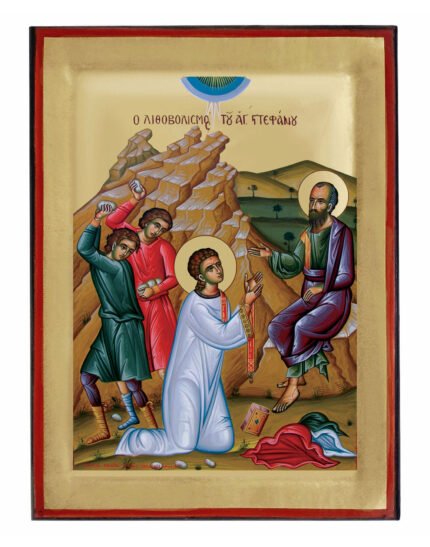
Stoning of Saint Stephen
15,00 € – 200,00 €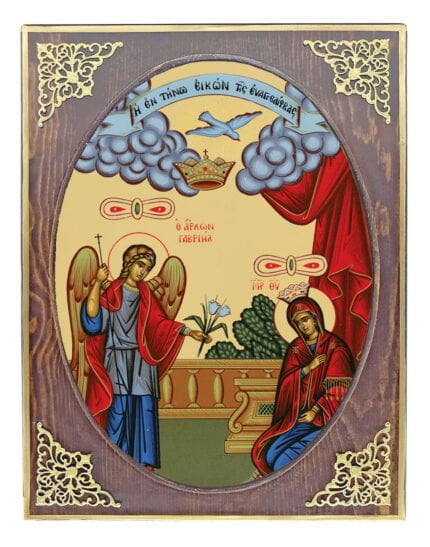
The annunciation of Theotokos (mirror)
50,00 € – 70,00 €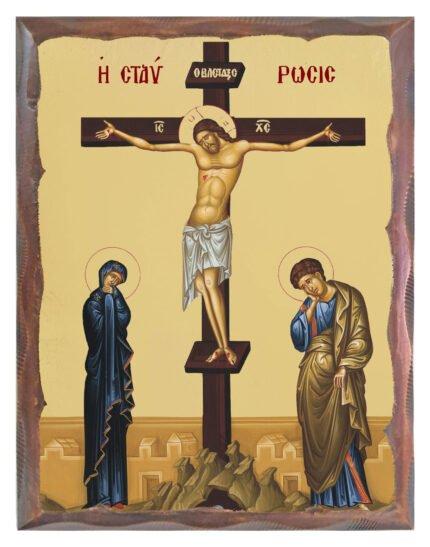
The crucifixion (carved frame)
15,00 € – 200,00 €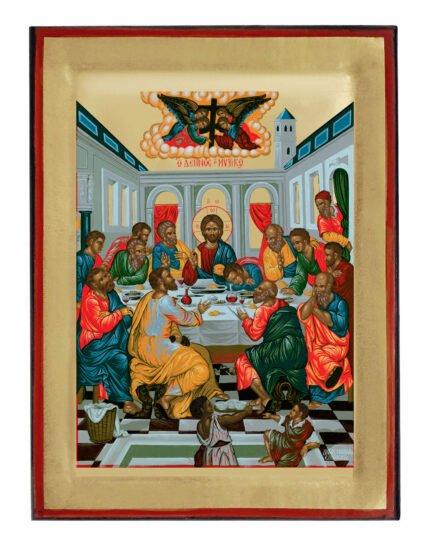




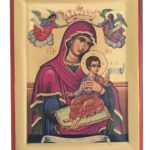 ICONS OF THE VIRGIN MARY
ICONS OF THE VIRGIN MARY ICONS OF JESUS CHRIST
ICONS OF JESUS CHRIST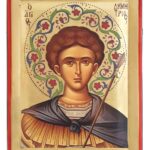 ICONS OF SAINTS
ICONS OF SAINTS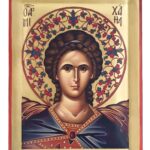 ICONS OF ANGELS
ICONS OF ANGELS ICONS OF SYNTHESIS
ICONS OF SYNTHESIS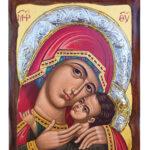 ICONS WITH METAL HALO
ICONS WITH METAL HALO ICON BOOK
ICON BOOK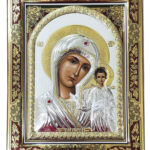 SILVER ICONS
SILVER ICONS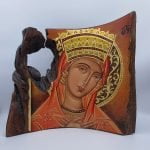 UNIQUE CREATIONS
UNIQUE CREATIONS HAND PAINTED
HAND PAINTED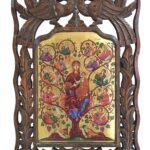 HANDMADE WOOD CARVING
HANDMADE WOOD CARVING WOODS
WOODS CANVAS
CANVAS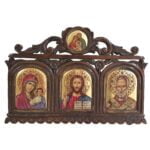 WOOD CARVING
WOOD CARVING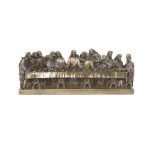 RELIGIOUS STATUES
RELIGIOUS STATUES BRACELET
BRACELET NECKLACE
NECKLACE AMULET
AMULET BABY AMULET
BABY AMULET CAR AMULET
CAR AMULET MENS CROSSES
MENS CROSSES
